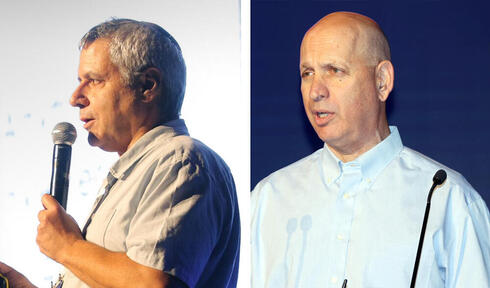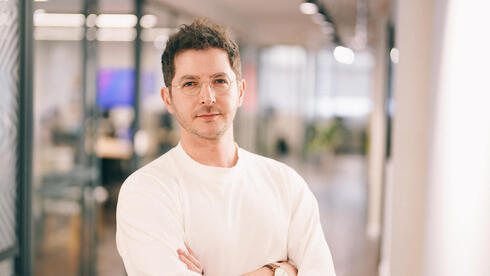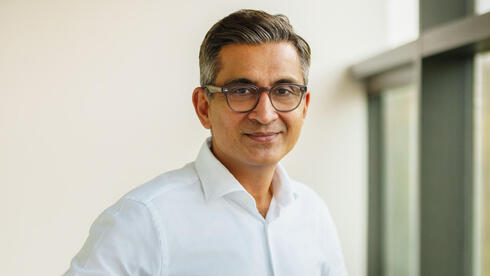
“We are at a key turning point of transition to hybrid learning”
At the Shaping the Future conference, Yossi Baidatz, CEO of The Center for Educational Technology (CET), declared, “We are changing the future of education”
"We are changing the future of education,” Yossi Baidatz, CEO of The Center for Educational Technology (CET) said during the Shaping the Future conference, a major conference for education and technology sponsored by the CET and MindCET, a center for innovation and technological development in education founded by CET.
"Yesterday in Yeruham, where we have established a new MindCET structure, colleagues from all over the world had the opportunity to witness our work,” Baidatz said. “Now we can finally meet after two years of the pandemic and in that time important technological processes have gained momentum and there is a change we have undergone in recent years in time and space.
"The CET is constantly being upgraded and adapting to all parts of Israeli society,” Baidatz explained. “It has four study tracks and is suitable for everyone, with an emphasis on research and development and technology. It is not an easy challenge and following the pandemic it emphasizes the issue of digital learning. We are in a period which will allow us to learn from the great knowledge created in the field, mainly in schools, organizations, and startups and that knowledge must be utilized and accelerated. For years the CET has had a special method of innovation, of identifying needs in the education system and responding to them. That is why there is a very important role for organizations such as the CET. There is what we call ‘the garage’ - our development arena that leads to pilots in schools. Today, for example, we started a pilot in kindergartens. Our goal is not to be a boutique organization, but to have a real impact."
Baidatz explained the change which was made over the past year. “The books were what previously defined CET, but then digital aids came in. We moved to a system of a hybrid learning environment in which digital leads the way. There is of course a place for books as well, but this new method has been recognized by the Ministry of Education and we are at a key turning point of transition to hybrid learning. Today there are quite a few important factors: cyber, digital literacy, computational thinking. All of these allow the teacher and the independent student freedom of movement. We have united mathematics and science in a bundle within digital thinking and we have united the humanities too. Beyond that, in order to influence many students in the country, we must be pioneers and motivate the players in the field. We act in the spirit of the pedagogical values of the teacher, the independent student, and equal learning opportunities. We understand that it is necessary to invest both in teachers and in a supplementary layer in the schools in an era of teacher shortage.”
"We built an amazing facility in the Negev,” Avi Warshavsky, CEO of MindCET, said. “This ‘Shaping the Future’ conference is so important because of our work. Anyone who has visited the MindCET facility will surely notice the height of the ceiling which is not vertical, it is a height that gives the effect of space. Spaces are what shape us and the message of spaces, everything from a synagogue to an airport terminal, cannot be ignored. To learn effectively one must move in space. This is an important aspect of learning. Today there is a very well-known slogan that states that it is possible to show flexibility: at any time, at any place and on any device. This is a saying that determines that what matters is the content. We do not pay attention to space and time in such situations. The virtual world has different rules. As we move through time the virtual world is increasingly connecting to the physical world. We have IoT, we have AI and we have the Metaverse. All of these have accelerated in recent years and today there are almost no boundaries between the universes and this is the time when we need to explore what school studies will look like."
"Our strategy is based on several main points,” Baidatz summarized. “Hybrid learning, investing in teachers who teach together with the Ministry of Education through several websites - and the most interesting layer, which is the virtual campus. Imagine that in just a few years each student will be able to choose three subjects and study them with students and teachers who are not from his school. There will be the ability to choose the schools and also provide a response to the shortage of teachers."














